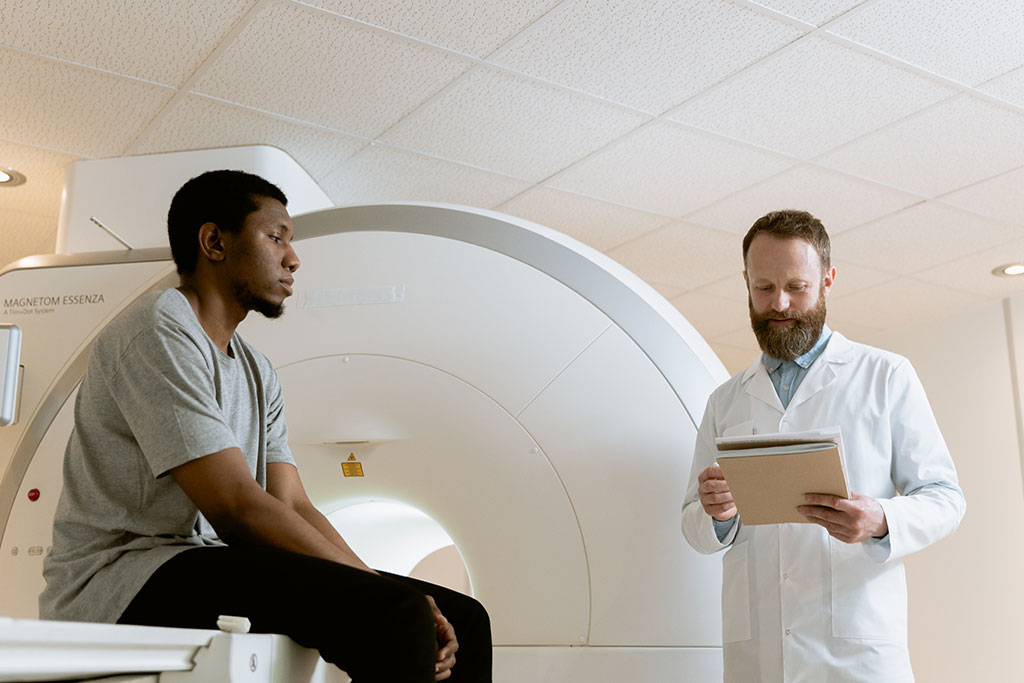AI Predicts Risk of Lung Cancer Returning Using CT Scans
Posted on 28 Dec 2022
Non-small cell lung cancer (NSCLC) makes up nearly five sixths (85%) of lung cancer cases and, when caught early, the disease is often curable. However, over a third (36%) of NSCLC patients in the UK experience their cancer returning, which is known as recurrence. Artificial intelligence (AI) could help identify the risk of cancer returning in NSCLC patients using CT scans, according to the latest results from a study.
The latest phase of the OCTAPUS-AI study led by researchers from The Royal Marsden NHS Foundation Trust (London, UK) used imaging and clinical data from over 900 NSCLC patients from the UK and Netherlands following curative radiotherapy to develop and test machine learning (ML) algorithms to see how accurately the models could predict recurrence. A measurement known as “area under the curve” (AUC) was used to express the effectiveness of this tool. An AUC of one means the system is right every time; 0.5 is the score you would expect if it was randomly guessing and zero means it is always wrong.

The imaging data was taken from treatment planning CT scans, which all NSCLC patients have prior to radiotherapy. To analyze this data, researchers used a technique called radiomics, which can extract prognostic information about the patient’s disease from medical images that can’t be seen by the human eye. Data from this technique can also potentially be linked with biological markers. As a result, researchers believe radiomics could be a useful tool in both personalizing medicine as well as improving post-treatment surveillance.
The study results reveal that the researchers’ model was better at correctly identifying which NSCLC patients were at a higher risk of recurrence within two years of completing radiotherapy, than a model built on the TNM staging system. This model achieved an AUC of 0.738, improving on the traditional TNM staging technique which scored 0.683. TNM, which describes the amount and spread of cancer in a patient's body, is currently the gold-standard in predicting the prognosis of cancer patients.
“While at a very early stage, this work suggests that our model could be better at correctly predicting tumor regrowth than traditional methods. This means that, using our technology, clinicians may eventually be able to identify recurrence earlier in high-risk patients,” said study lead Dr. Sumeet Hindocha, Clinical Oncology Specialist Registrar at The Royal Marsden NHS Foundation Trust, and Clinical Research Fellow at Imperial College London. “Next, we want to explore more advanced machine learning techniques, such as deep learning, to see if we can get even better results. We then want to test this model on newly diagnosed NSCLC patients and follow them to see if the model can accurately predict their risk of recurrence.”
Related Links:
The Royal Marsden NHS Foundation Trust









 Guided Devices.jpg)



